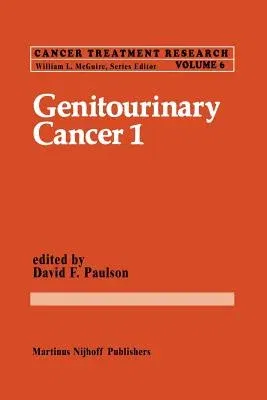Genitourinary Cancer 1 (Softcover Reprint of the Original 1st 1982)Paperback - Softcover Reprint of the Original 1st 1982, 2 November 2011

Qty
1
Turbo
Ships in 2 - 3 days
In Stock
Free Delivery
Cash on Delivery
15 Days
Free Returns
Secure Checkout
Part of Series
Cancer Treatment and Research
Print Length
255 pages
Language
English
Publisher
Springer
Date Published
2 Nov 2011
ISBN-10
9400974388
ISBN-13
9789400974388
Description
Product Details
Book Edition:
Softcover Reprint of the Original 1st 1982
Book Format:
Paperback
Country of Origin:
NL
Date Published:
2 November 2011
Dimensions:
23.39 x
15.6 x
1.42 cm
ISBN-10:
9400974388
ISBN-13:
9789400974388
Language:
English
Location:
Dordrecht
Pages:
255
Publisher:
Weight:
381.02 gm

